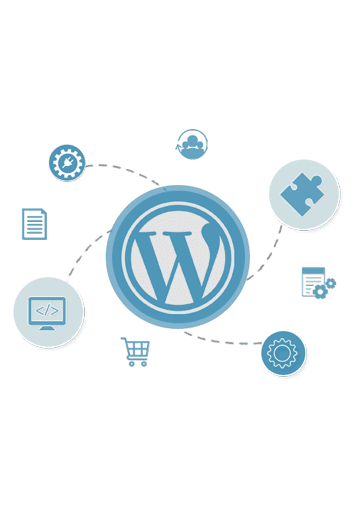News Blast: Your Daily Dose of Information
Stay updated with the latest news and insights from around the globe.
WordPress Development: Where Code Meets Creativity
Unlock your creativity with WordPress development! Discover tips, tricks, and insights where code transforms ideas into stunning websites.
Top 5 Essential WordPress Development Tools for Creative Coders
For creative coders diving into the world of WordPress development, having the right tools at your disposal can significantly enhance productivity and the overall quality of your projects. Here are the top 5 essential WordPress development tools that every coder should consider:
- Local by Flywheel: This tool simplifies the local development of WordPress sites, allowing you to set up and manage multiple sites with ease.
- Advanced Custom Fields (ACF): ACF allows developers to create custom fields and flexible content, making it easy to build bespoke themes and enhance content management.
- Debug Bar: An invaluable tool for troubleshooting, Debug Bar provides insights into database queries and various hooks in your WordPress environment.
- Gutenberg: The block editor offers a new way to create and modify content, facilitating a more modular approach to page building.
- WP-CLI: This command line interface for WordPress lets developers manage plugins, themes, and much more directly from the command line, streamlining workflows.

How to Balance Code and Creativity in WordPress Development
Balancing code and creativity in WordPress development is essential for crafting compelling websites that not only function well but also provide a unique user experience. To achieve this balance, developers should start by mastering the core programming languages like HTML, CSS, and JavaScript. Once you are comfortable with these technologies, you can integrate your creative ideas into the technical framework of WordPress, allowing you to build themes and plugins that stand out. A good practice is to sketch your design concepts before diving into the code, ensuring that your creative vision is clearly defined.
Additionally, consider using tools such as Adobe XD or Figma to prototype your layouts and design elements. This approach not only helps visualize your ideas but also provides a reference point as you implement your code in WordPress. Remember, creativity should not be stifled by technical constraints; as you code, allow for flexibility in adapting design ideas. Regularly revisiting your code for optimization can enhance performance while keeping the aesthetic appeal intact, allowing you to maintain harmony between code and creativity throughout your WordPress development journey.
What Are the Key Steps to Building a Custom WordPress Theme?
Building a custom WordPress theme involves several key steps that ensure both functionality and aesthetics. First, define your theme's purpose and target audience. This foundational step will guide your decisions throughout the design and development process. Once you have a clear vision, proceed to create a design mockup using software like Adobe XD or Figma. This will help you visualize the layout, color scheme, and overall user experience. After finalizing the mockup, it's time to set up the development environment; you can do this by using local servers such as MAMP or XAMPP, which provide a safe space for testing your theme.
Next, start coding your theme by creating a style.css file, which contains the necessary theme information and customizations. After that, you should develop the core template files, including header.php, index.php, and footer.php. Each file serves a specific purpose in displaying your content. Don’t forget to incorporate WordPress functions that facilitate dynamic content handling. Finally, test your theme rigorously across different browsers and devices to ensure compatibility and responsiveness. Once everything is functioning smoothly, you can package and distribute your theme for others to use.